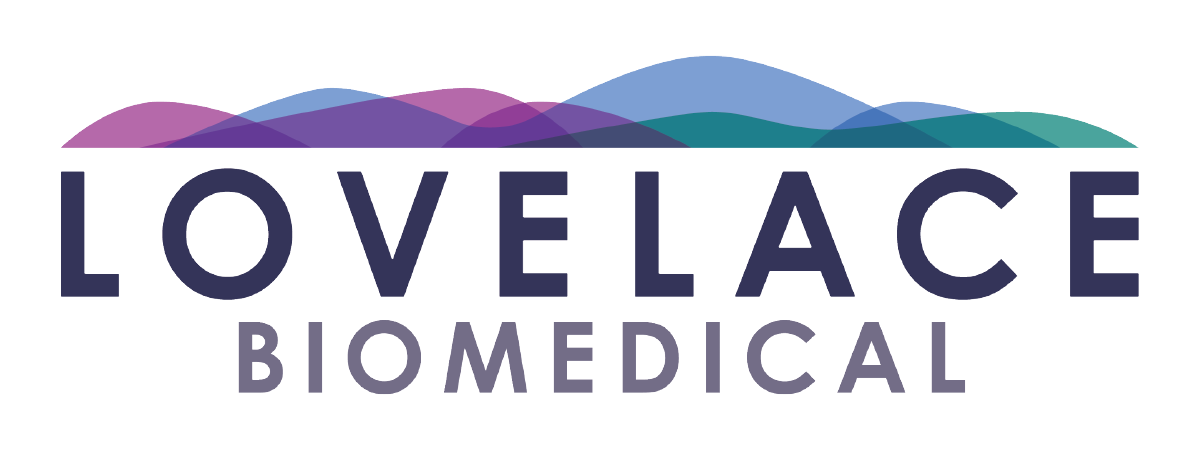This article was published on: Linkedin.
By Melanie Doyle-Eisele, Senior Scientist, Senior Director of Laboratory Animal Sciences, Lovelace Biomedical
Across the life sciences, the movement to reduce reliance on animal models is gaining momentum. New Approach Methodologies (NAMs), including in vitro systems, organ-on-chip platforms, and computational models, are opening doors for innovation, ethics, and efficiency in biomedical research. While these approaches hold promise across the research spectrum, applying them to medical countermeasures (MCMs) for high-consequence threats requires special consideration.
Chemical, biological, radiological, nuclear, and explosives (CBRNE) threats pose unique challenges where human testing is often unethical or infeasible. In these cases, efficacy must be demonstrated using well-characterized models under the FDA’s Animal Rule. As the scientific community explores ways to reduce animal use, it is critical that national preparedness is never compromised.
At Lovelace Biomedical, we see NAMs as an opportunity to shape the future of MCM development through collaboration. We are actively evaluating NAMs to reduce animal use while maintaining safety, efficacy, and scientific integrity. As a mission-driven research partner, we invite innovators, regulators, and institutions to join us in advancing the next generation of ethical and effective tools.
Balancing Innovation with Mission Readiness
For decades, Lovelace has supported CBRNE countermeasure programs by delivering rigorous, GLP-compliant in vivo data that meets the highest regulatory standards. At the same time, we are evaluating NAMs that could reduce animal use without sacrificing safety, efficacy, or translational relevance.
NAMs offer exciting potential for early screening, mechanistic studies, and targeted insights into pharmacodynamics and toxicity. However, no single model, whether animal or alternative, can answer every question. That is why Lovelace advocates for a hybrid approach, one that integrates NAMs where they add value, and preserves animal models where they remain scientifically necessary.
A Hybrid Future, Built Together
This is particularly true in CBRNE research, where systemic immune responses, biodistribution, and multi-organ effects must be understood in the context of a living system. In these cases, animal models are not just regulatory requirements. They are irreplaceable scientific tools. Used strategically, NAMs can enhance study design, reduce unnecessary animal use, and improve development timelines.
A Facility Built for Integration
Based at Kirtland Air Force Base in Albuquerque, New Mexico, Lovelace is the only single-site contract research organization (CRO) facility in the United States capable of working across the full spectrum of CBRNE agents on one campus, with all species, under one quality system.
This centralized infrastructure allows us to streamline development, minimize rework, and maximize the scientific and ethical value of every study. From early discovery through IND-enabling studies, NAMs can be woven into study designs, compared directly with animal data, and validated for future use, all under one roof.
People Who Think Beyond the Protocol
At the heart of Lovelace’s model is our people. We are multidisciplinary scientists with deep expertise in pharmacology, toxicology, immunology, engineering, regulatory science, and quantitative analysis.
These teams work side by side, in person and in real time, to design smarter studies and solve harder problems. Our scientists are empowered to think creatively, challenge assumptions, and adapt study designs to meet both scientific and ethical goals.
The 3Rs in Practice
Lovelace has long embraced the ethical standards embedded in the 3Rs — Replacement, Reduction, and Refinement — and we apply them across every program we run. Our scientists work closely with veterinary team members to ensure the responsible use of animals in each model we develop.
A Call to Collaborate
The future of MCM development, and biomedical research more broadly, depends on partnership. If your team is advancing technologies that improve scientific rigor, reduce animal use, or enhance translational outcomes, we want to hear from you.
Lovelace offers the infrastructure, expertise, and regulatory insight to support responsible, collaborative progress.
Preparedness Cannot Pause
While we invest in the future, we remain focused on the urgency of the present. CBRNE threats are real and evolving. The Strategic National Stockpile, the Department of Defense, and emergency response teams depend on the continued development of safe and effective countermeasures.
Lovelace is committed to this mission. We are proud to support programs that protect public health and national security while helping shape a smarter and more ethical future for biomedical research.
About the Author: Melanie Doyle-Eisele is Senior Scientist, Senior Director of Laboratory Animal Sciences at Lovelace Biomedical, a single-site preclinical research organization specializing in the development of medical countermeasures for high-consequence threats. With over 70 years of experience in respiratory, infectious disease, gene therapy, and CBRNE research, Lovelace is a trusted partner to government and industry alike.

